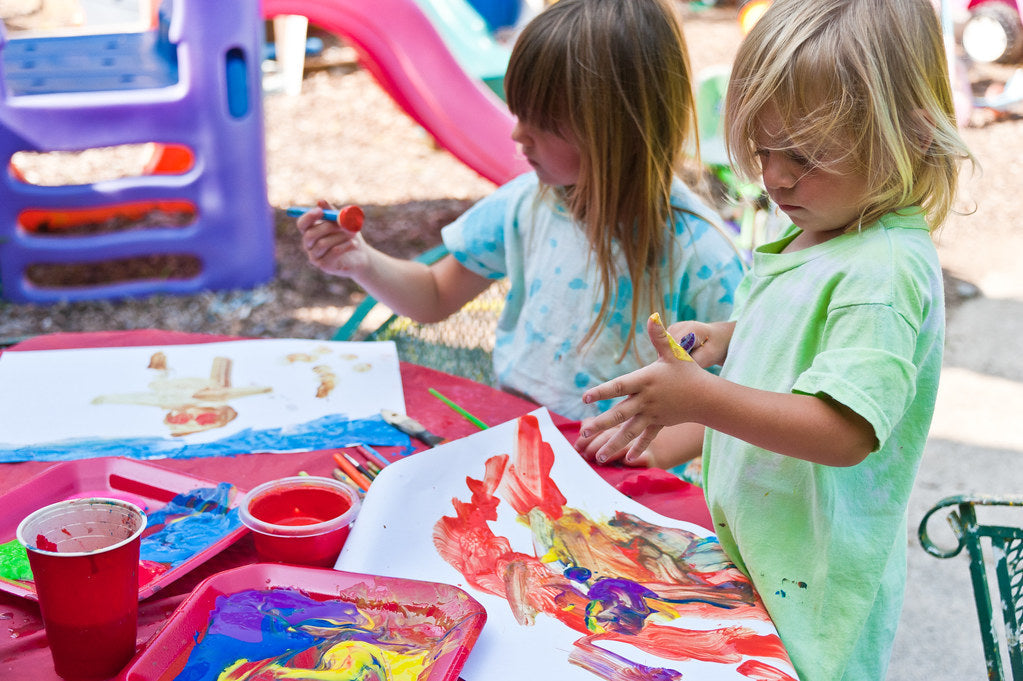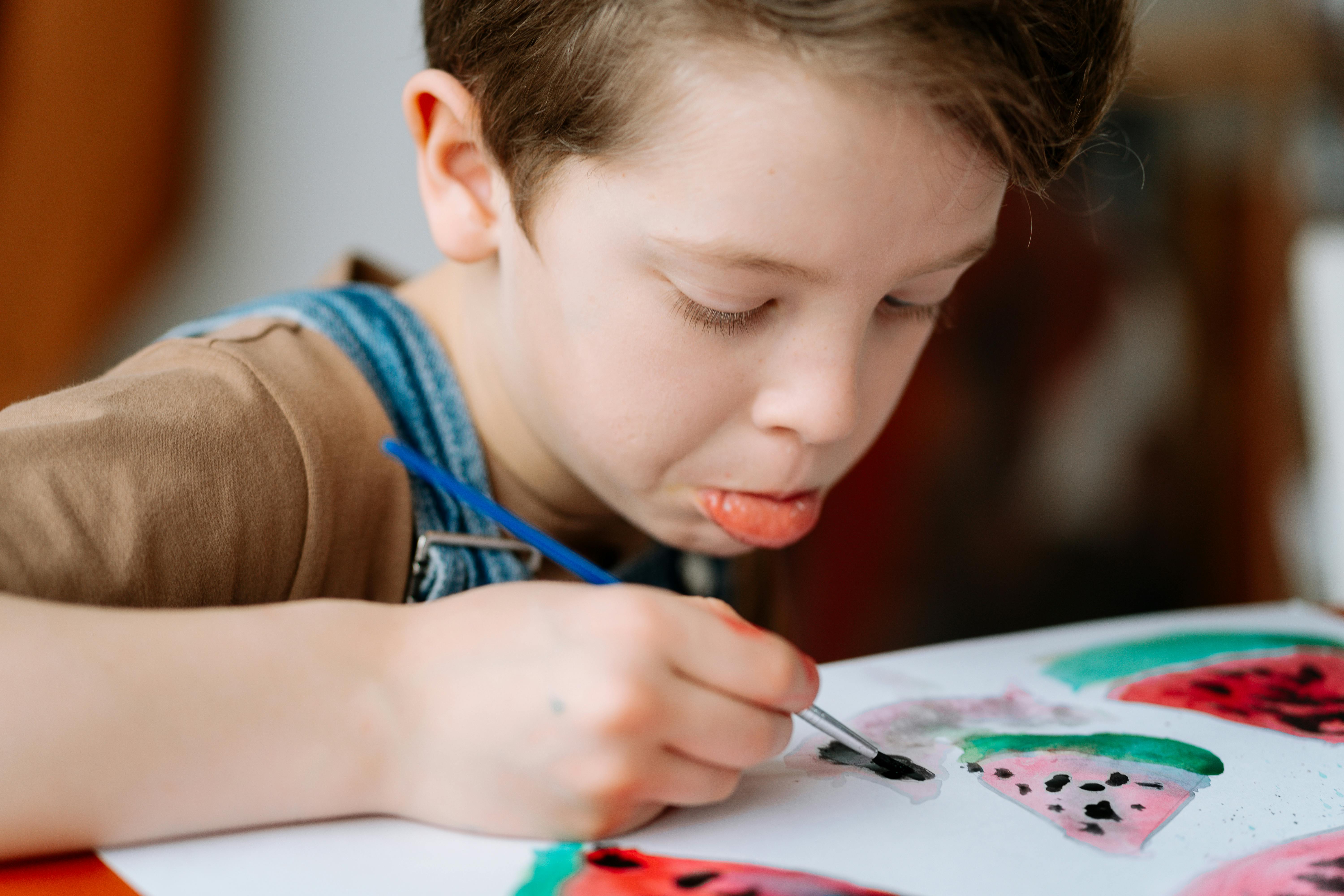
How Young Should You Start Exposing Your Child to Art?
July 29, 2019
By Beth Herrild
For many, parenting is the hardest job we’ll ever have to do. From sleepless nights to comforting their fears, parents are on the front lines when it comes to encouraging and fostering their son or daughter’s early childhood development. There are many blogs and opinions out there when it comes to how young you should start exposing your child to solid foods, their own rooms, their own beds, etc. It is important as a child grows to expose them to a number of external factors that help foster development and growth.
Arguably, one of the most important things you could expose your child to from a young age is art. While there is not a certain, specific age recommendation as to when you should start exposing your child to art, research has shown that the benefits of art on child development is remarkable and has lasting consequences on the child’s social, emotional and cognitive development.
Two researchers, Drake and Winner, set out to study the effects of art on children’s moods and whether drawing impacted their emotional states. In the study entitled “How children use drawing to regulate their emotions,” Drake and Winner found that a simple drawing exercise, drawing a house, helped to improve the children’s moods compared to children that did not complete a drawing exercise. The researchers found that drawing helped improve the children’s moods when prompted to think about a sad event that happened in the past.
In addition to positive emotional benefits of engaging in art, children also benefit socially from being exposed to and engaging in art projects. Author Jean Van’t Hul discusses the positive impacts of art on young children in her book entitled The Artful Parent: Simple Ways to Fill Your Family’s Life with Art & Creativity. In her book, Jean Van’t Hul discusses art as a means for children to create connections with one another. Art creates a common ground, allowing children to connect with peers around their age.
Another compelling reason to expose young children to art is the cognitive benefit and development that they experience. According to The School Superintendents’ Association website, art has lasting, positive repercussions on a child’s development. Advocating to keep art in schools as part of official class offerings and integrations into curriculum, the association cites research stating that “During the brain’s early years, neural connections are being made at a rapid rate. Much of what young children do as play — singing, drawing, dancing — are natural forms of art. These activities engage all the senses and wire the brain for successful learning.”
Art helps children form these neural connections in the brain, stimulating, growing and challenging young children’s minds. When it comes to art, these studies and facts show that the sooner you can expose your child to the world of art and creativity, the better.
Last, but not least art is fun! And, art can help children work on their fine motor skills. Cutting out shapes with scissors or drawing are both great ways to work on the motor skills kids will need when they get into school. Not to mention the sense of accomplishment a child feels when he first realizes he is capable of completing some of these tasks on his own.
If you are looking for ways to incorporate creativity and art into your young child’s life, start with some of these simple suggestions.
• Dedicate a section of your home to be an art and creative space that is easily accessible to your child, even if it is just a small area on a kitchen counter. This acts as a standing open invitation to create whenever the mood strikes your child.
• Jump in and create art with your child! Even if you are not confident in your own abilities ( and this is especially good for you if you aren’t confident in your own abilities!), you can model behavior that is not self-critical. Read our blog about Process vs Product. Be careful not to take over your child’s artwork though! Your child looks up to you and sees what you do. Read our blog on Talking To Your Child About Her Art.
• Go to a children’s museum or art museum that exposes your child to works of art or gives them an opportunity to build sensory skills through play and art.
If you start putting some of these simple practices into action, it may not feel like you are doing anything really beneficial right away, but children are little sponges and everything you are exposing them to matters more than you can imagine!
Since we’re talking about art, music goes hand in hand. Here is a great blog about the benefits of exposing toddlers to music!

